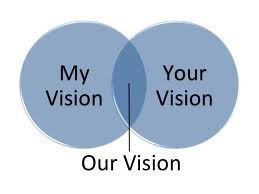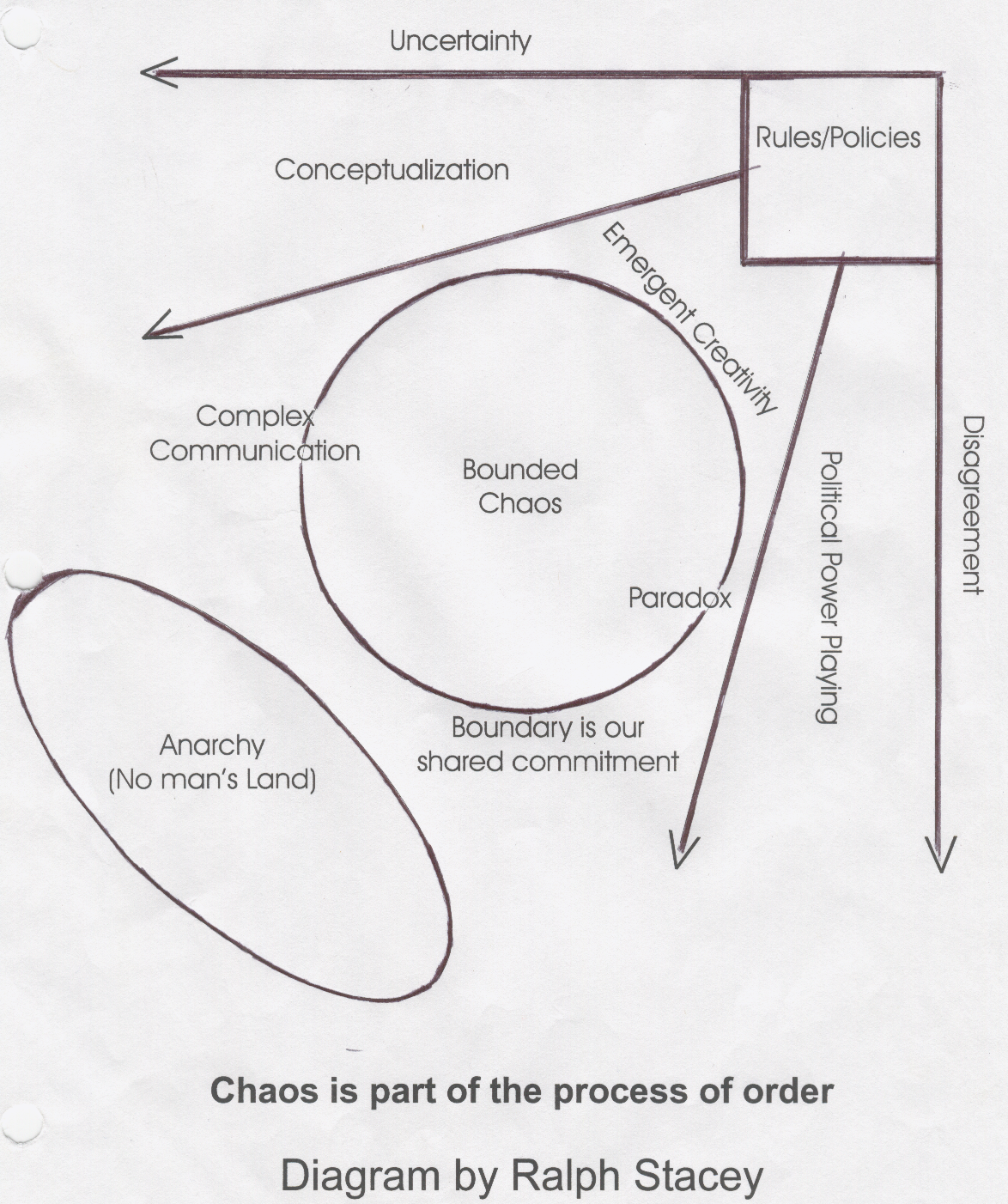Have you ever needed something to happen where there is an impending deadline after which the consequences seem pretty dire? Have you ever had a situation where things worked out at the last minute or the 11th hour? It may be some finances coming in, a job opening that you are waiting on, a document being processed, and a house or other item selling. Most of us get stressed out when we want or need something big or small to happen according to our timeline. We feel out of control and that our fate is in the hands of others. When things don’t go according to our plans we worry, fret, throw our hands in the air, and maybe even throw a temper tantrum or hissy fit! We become either fatalistic, or some of us take things into our own hands and try to make the desired result come to fruition, usually leading to more frustration and weariness when there is a delay or roadblock.
Timing is really all about doing our part and then letting go, trusting that there is a perfect and right time for everything.
It is coming to the realization that we have a Creator who is involved in the affairs of this world, both big and small, and cares about every concern we have. As Matthew 6 says, we have a Father who cares for the sparrows and makes sure they get fed. He even makes sure the lilies are clothed beautifully. If He cares that much for birds and flowers, how much more does He care for our needs? God calls us to do our part and then relax and trust that He will work things out at the right time!
small, and cares about every concern we have. As Matthew 6 says, we have a Father who cares for the sparrows and makes sure they get fed. He even makes sure the lilies are clothed beautifully. If He cares that much for birds and flowers, how much more does He care for our needs? God calls us to do our part and then relax and trust that He will work things out at the right time!
It is also the revelation that as much as we think we are in control of things, we are not. The sooner we learn this lesson the less negative emotional energy we will expend, which in the end does little but increase our stress levels and raise our blood pressure!
There are two contrasting Greek words for time. The one word is chronos: a space of time with an uncertain start or ending, a season which lasts for awhile often implying delay. (Matt. 25:19; Acts 8:11, 14:3,18; Heb. 4:7; Rev. 10:6) This word has to do with the normal routine, pattern or course of time. It has to do with being faithful in living the mundane, and doing our part as we wait for those things we hope for. It seems very slow and like a long time. It is often the ‘not yet’ times of our lives.
The other word for time is kairos: the metaphor for this word comes from fruit that is ripe for the picking. This is the fullness of time when things happen suddenly or at an accelerated rate (2 Cor. 6:2; Ephesians 1:10). After what seems like a long period of waiting and being faithful, things happen at a quicker pace than normal and often with little of our efforts. Things come together suddenly and loose ends are wrapped up. It seems like there is a convergence of people, events, and circumstances, so that all the pieces of the puzzle that were disconnected fit into place. This is a time of opportunity and action. It is the already or now season of our lives.
Here is a recent story from our lives about perfect timing. A few months ago, we engaged in the process of selling our 2010 Honda Civic. The reason for selling the Civic was that our oldest son Jon was in the process of getting his driver’s training, and to insure him for both collision and liability on the Civic would have been an astronomical cost beyond what he or we could afford. We wanted to pay off the remaining loan on the car and have a little money to help Jon buy an older reliable car that he would only need to put liability insurance on. So we did our part and listed the car on Kijiji, Auto Trader, and Face Book, as well as letting friends know by word of mouth. We had a few people inquire about the car, but the deal breaker would be that the car had no A/C. One gal, who had just recently graduated from university, really liked the car, but in the end it was too expensive for her to buy and insure. We lowered the price to $11,500, and waited with this nagging concern about the impending costs of insurance for Jon, and the ongoing car payments.
 Meanwhile, Esther, my wife, who is very practical and often wonders whether she hears God or not (at least in the more exotic ways), kept seeing the number 11:11 on digital clocks in our house or car. The number 11 is often a type or symbol of things coming together or happening in the last hour, as well as the number for incompleteness or chaos. Often there is chaos before things come into order, isn’t there? Thus the saying ‘at the 11th hour’. She had this sense that the car would sell at just the right time. Well, this turned out to be prophetic.
Meanwhile, Esther, my wife, who is very practical and often wonders whether she hears God or not (at least in the more exotic ways), kept seeing the number 11:11 on digital clocks in our house or car. The number 11 is often a type or symbol of things coming together or happening in the last hour, as well as the number for incompleteness or chaos. Often there is chaos before things come into order, isn’t there? Thus the saying ‘at the 11th hour’. She had this sense that the car would sell at just the right time. Well, this turned out to be prophetic.
After 4 months of trying to sell the car (our chronos time of delay and being faithful in doing our part), and a couple weeks after Jon passed his drivers test and needed to be insured on one of our vehicles, friends of ours who knew we were selling the car and had mentioned possible interest, contacted us to let us know that one of their cars had died. They came over, had a test drive, and paid us $11,000 for the car, all within the space of a couple days. Hmm, sounds like kairos timing! That same week, Jon was offered a car for next to nothing by a friend he works with. It is an older vehicle with a little rust, but runs well, so his insurance costs will be much lower. As Hannibal, from the old TV series A-Team, used to say, “I love it when a plan comes together.” For those of you born after 1987, you’ll have to google Hannibal to see what you’ve missed!
So I want to encourage any of you out there that are still waiting for something important to happen to hang in there. You have a Dad who cares for you and is concerned about even the smallest circumstances of your life. Lean into Him in the chaos.
Stick with it in living those things you value even when it doesn’t look like there will be any immediate dividends for your faithfulness and hard work.
Discern the season you are in and respond accordingly. As the book of wisdom, Ecclesiastes 3:1 & 11 says, “There is a time for everything and a season for every activity under the heaven…He has made everything beautiful in its time..” If you are in a winter season or time of grieving, then this is a time for being, resting, recuperating, and not doing. If you are in a spring season, then start stuff, plant things, and build with all your strength and smarts. If you are in a fall season, then reap the harvest of all your hard work and enjoy. In a summer season of life, we get to watch what we have planted grow with a little watering.
its time..” If you are in a winter season or time of grieving, then this is a time for being, resting, recuperating, and not doing. If you are in a spring season, then start stuff, plant things, and build with all your strength and smarts. If you are in a fall season, then reap the harvest of all your hard work and enjoy. In a summer season of life, we get to watch what we have planted grow with a little watering.
By learning to do our part and then learning to trust and let go, we experience what it means to live a carefree life!






